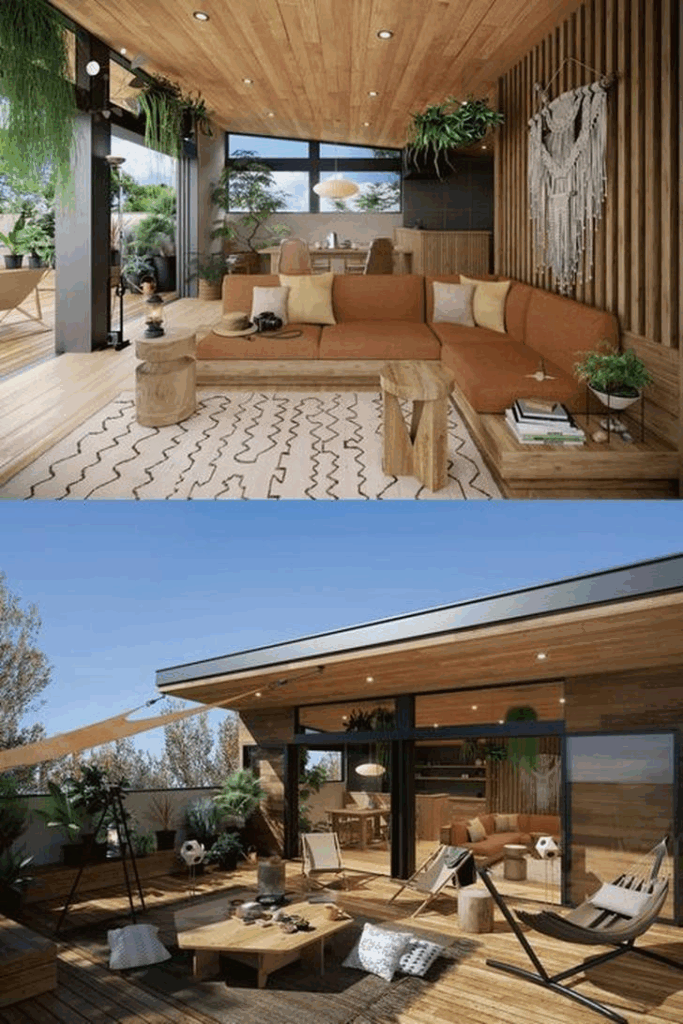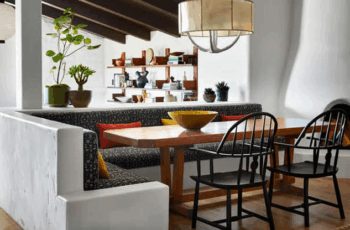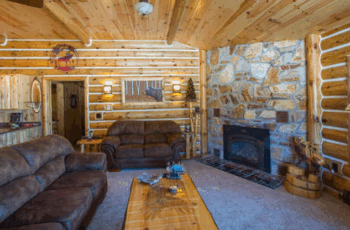
Designing a log cabin is more than just making things look nice. It’s about creating a space that feels good to live in now and still works well down the road. A smartly planned cabin brings comfort and convenience without losing sight of what might change later. When you mix eco-friendly choices with practical benefits, you get a home that’s both useful and kind to the environment. Making thoughtful decisions about materials and layouts cuts down on wasted resources, lowers energy bills, and results in a place that’s both beautiful and tough enough to last.

Inside the cabin, having flexible spaces is a game-changer. Kids’ rooms can easily turn into guest rooms, or a home office might double as a spare bedroom. Picking furniture that moves around or changes shape lets the space grow with you. Spaces that pull double duty, like a living room that’s also a work area, help you get the most out of every inch without feeling cramped.
Using eco-conscious materials inside is key for a healthy and natural vibe. Things like reclaimed wood, bamboo, or recycled metal don’t just look great—they cut down on your carbon footprint too. Adding high-efficiency appliances in the kitchen and bathroom keeps energy use low while matching the rustic, practical feel of cabin life. Smart lighting and fixtures help keep the place cozy without running up your utility costs over time.
Finishes that hold up well make life easier later on. Walls covered with wood paneling or earth-friendly paint tend to last longer and are simpler to clean. When it comes to floors, hardwood, natural stone, or quality tiles fit the cabin style and stand up to wear. Furniture that’s modular and easy to rearrange means you can refresh your space without having to buy everything new.
Fresh air matters a lot in a wooden house. Good ventilation through windows, skylights, and proper airflow keeps things feeling light and clean. Using materials low in chemicals helps reduce indoor pollution. Bringing in some houseplants not only freshens the air but adds to that warm, natural cabin feel, making the space healthier overall.
Outside, conserving water plays a big role in a sustainable cabin setup. Choosing native plants that don’t need much watering—like wildflowers or grasses—helps the landscape blend with its surroundings while saving water. Setting up a rainwater catchment system lets you collect rain to water your plants, making the outdoors more self-sufficient and earth-friendly.
For the cabin’s shell, pick materials that can take a beating but still look great. Permeable pavers, natural stone, and recycled options stand up to weather and keep paths safe. Outdoor furniture and decks made with treated wood or waterproof coatings resist damage from rain and sun, lasting longer without much upkeep.
Lighting outside does more than brighten things up—it adds security and style. Solar lights work perfectly by using the sun’s energy to light pathways and patios. Motion sensors help save power while keeping the place safe after dark, making your outdoor spaces both practical and eco-conscious.

Bringing the indoors and outdoors together creates a seamless, comfortable living experience. Big windows and glass doors invite sunlight and fresh breezes, connecting you directly with nature. Double-glazed windows help keep the temperature right inside, reducing the need for extra heating or cooling. They also cut noise, keeping your cabin peaceful no matter the season.
Spaces like decks, terraces, or gardens stretch your living area beyond the walls. Sliding doors or folding windows make moving between inside and outside smooth and easy, great for hanging out or relaxing. Features like outdoor kitchens and fire pits encourage you to spend time outside all year long without giving up comfort.
There was a family who lived in a small 700-square-foot cabin. They wanted to make their space more energy-efficient and family-friendly. Inside, they tore down some walls between the kitchen and living room to open things up. Installing energy-saving windows and solar panels cut their electricity bill by nearly 40%. They picked reclaimed wood and low-odor paint, keeping the air cleaner and the cabin’s rustic charm intact.
Outside, they made a kid-friendly play area with native, drought-tolerant plants. A system to catch rainwater helped keep their garden watered sustainably. Sliding glass doors linked the inside and backyard, turning outdoor space into an extension of their home where family time could flow easily.
The end result was a cabin that worked well, used less energy, and brought the family closer together. They loved how the eco-friendly updates lowered bills and made daily life better.
Making a wooden house that lasts and respects nature takes careful thought both inside and out. By focusing on adaptable spaces, energy savings, and green materials, you can build a home that fits today’s needs and changes with you. Choosing sustainability means a place that’s not only good for the planet but offers comfort, beauty, and value for years ahead. In the process, you create a deeper bond with the natural world around you and enjoy a healthier, more fulfilling way to live.


